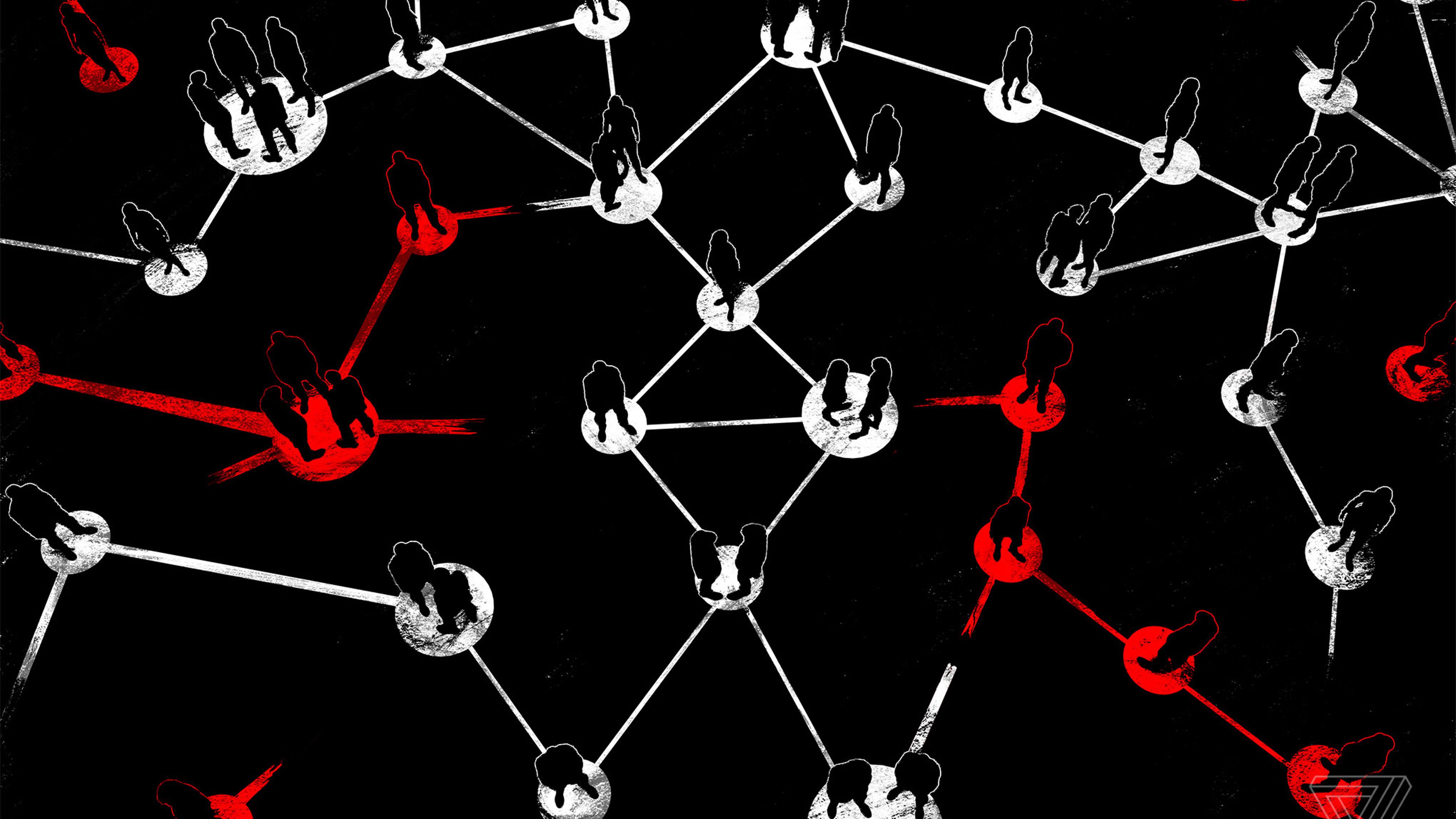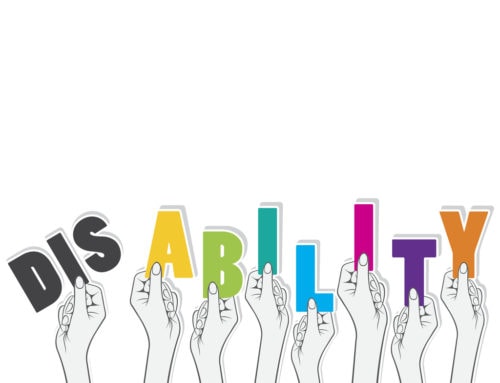whisper network: informal sharing of essential communal information, including warnings of egregious or illegal behavior (e.g., sexual harassment or assault).
*** TROVELOG ***
They called themselves the Glass Ceiling Club.
A group of young and ambitious women in the 1990s from the investment bank Bear Stearns would gather at local restaurants every couple of months to discuss how to make the workplace more female friendly. The conversations would inevitably turn to their male colleagues, including the ones who behaved badly, said Maureen Sherry, a former managing director, who met regularly with the other women.
“Of course, our conversations would revert to sharing facts we knew about the men we worked with,” recalled Ms. Sherry, who spent nine years at Bear Stearns before leaving in 2000, adding, “yes, it was mostly the same men who preyed on young women.”
. . .That was the whisper network at work.
For as long as women have been in the labor force, this kind of behind-the-scenes support system has served as a vital source of shared information and a safe space for communal commiseration. Advice on salary negotiations, office politics and the work-life balance would be disseminated through informal conversations at cubicles, in cafeterias and over drinks at happy hour.
But the network also allowed employees to clue each other into a spectrum of behavior that was often unseen or ignored by their employers — the boss who scoffs at maternity leave, the manager known for ribald jokes, the colleague rumored to be a groper, or worse.
Now, with the internet offering a clearinghouse for complaints — intensified by the outpouring of allegations against prominent figures like the producer Harvey Weinstein — whisper networks have been amplified. Through public forums, invitation-only Facebook groups, private Google surveys, locked websites and shielded threads on anonymous apps, women — and some men — are seeking catharsis and validation by sharing their stories.
. . .
In many cases, the network is driven by firsthand knowledge. Other times, it can be pure speculation. Allegations are often made anonymously and can quickly spread in online forums, damaging reputations before the accused can defend themselves. Men targeted by whisper networks complain of being subject to vigilantism and public shaming; some have threatened legal action.See article at: Julie Creswell and Tiffany Hsu, “Women’s Whisper Network Raises It’s Voice,” The New York Times, November 4, 2017
◄TrovelogTrovelogTrovelogTrovelogTrovelogTrovelogTrovelog►
A whisper network is an informal chain of conversations among women about men who need to be watched because of rumors, allegations or known incidents of sexual misconduct, harassment or assault. It’s a way for women to protect themselves, and to do so under the radar. In one way or another, in every major industry and institution, there have been whisper networks helping women to watch out for each other.
This is the year the whisper network went viral, with women sharing their allegations and experiences in forums, spreadsheets, private groups and all over social media. The networks not only let women know they are supported and believed, but also informed others about men suspected of—or known for—disturbing behavior.
. . .
The whisper network, for a long time, was an oral history that was never documented beyond the confines of a private conversation between women. It always existed, but it could never be traced. When women told The Washington Post about their alleged experiences with Alabama Senate candidate Roy Moore, they said it was well-known that he was a regular visitor to the local mall, where young girls were advised through the whisper network to hide themselves when the former judge roamed.See article at: Summer Meza, “What is a Whisper Network? How Women Are Taking Down Bad Men in the #Metoo Age,” Newsweek, November 22, 2017
◄TrovelogTrovelogTrovelogTrovelogTrovelogTrovelogTrovelog►
Three years ago, shortly after I moved to the city, I was introduced to the whisper network—the unofficial information channel that women use to warn each other about men whose sexual behavior falls on the spectrum from creepy to criminal—for New York media. I had encountered these networks before, in college and grad school and in the Peace Corps. Over time, in my experience, the whisper network always proves reasonably accurate: firings and settlements and investigations accrue to the names you’ve been hearing in different anecdotes for years. Gossip distorts details, but there are ways to test the information. Women ask for and examine sourcing; you know whether the story is firsthand or thirdhand.
. . .
The whisper network is an informal but relatively orderly reporting method, regulated by the direct accountability of a social ecosystem: if I give you false information, then my credibility and relationships will suffer. The network can be manipulated toward falsehood, but we know how to take that into account: we ask around, monitor social situations, shut down the rare false rumor. An open online document is not governed by the same moral physics—it’s governed by the physics of the Internet, which insure that groups attempting to combine openness, secrecy, and growth are inevitably exposed. There is no reason, in a vacuum, to take a single claim on the spreadsheet as true. But, as with the bathroom-wall system, people producing and receiving anonymous information don’t do so in a vacuum. When accusations are lodged in unconventional and unregulated ways online—and this will surely keep on happening—there is a built-in imperative to triangulate the information with what we know in real life.
. . .
The whisper network tries to address the inadequacies of the “proper channels,” which, as we’ve seen in recent cases of sexual harassment and assault, often punish women for speaking out. But there are inadequacies in the whisper network, too. If there weren’t, the spreadsheet would not exist. We excuse or dodge bad behavior in our social circles—a moral error, even if the behavior is outside the bounds of the workplace or the law. I think we also underestimate the degree to which these various systems—formal, modest, chaotic—might require one another’s existence. It would be a waste of an exhausting political moment not to recognize that most decent people now understand that whispers need to be, as they haven’t been before, seriously examined, and pushed up the chain.See article at: Jia Tolentino, “The Whisper Network after Harvey Weinstein and ‘Shitty Media Men’,” The New Yorker, October 14, 2017
◄TrovelogTrovelogTrovelogTrovelogTrovelogTrovelogTrovelog►
For years, women confined their complaints about sexual harassment to whisper networks for fear of reprisal from men. This is an ugly truth about our recent past that we are just now beginning to grapple with. But amid this welcome reckoning, it seems that many women still fear varieties of retribution (Twitter rage, damage to their reputations, professional repercussions, and vitriol from friends) for speaking out—this time, from other women. They are, in other words, inadvertently creating a new whisper network. Can this possibly be a good thing?
. . .
Can you see why some of us are whispering? It is the sense of viciousness lying in wait, of violent hate just waiting to be unfurled, that leads people to keep their opinions to themselves, or to share them only with close friends.See article at: Katie Roiphe, “The Other Whisper Network,” Harper’s, March 2018
◄TrovelogTrovelogTrovelogTrovelogTrovelogTrovelogTrovelog►
In the wake of Weinstein reporting, much has been made of the phenomena of “whisper networks,” informal chains of secondhand and sometimes firsthand information about sexual harassers or rapists in a community or industry. Whisper networks, writes journalist Moira Donegan, are a “long-standing partial remedy” in response to pervasive sexual harassment and assault. These are “informal alliances that pass on open secrets and warn women away from serial assaulters,” warnings that circulate privately among tightly knit cliques. Whisper networks aren’t burn books for amusing women or getting men fired. In a world where sexual assault isn’t taken seriously, a whisper network becomes a form of protection.
But joining a whisper network comes with a catch: it invites participants in on the condition of silence. And because of that, we often miss that whisper networks are a double-edged sword: the same secrecy that protects victims and whistleblowers can shield perpetrators as well.
One of the most-discussed whisper networks in recent memory is the Shitty Media Men list, an open Google spreadsheet of men’s names, accompanied by institutional affiliations and anonymized allegations. . . . Although it was intended to be circulated quietly, the spreadsheet went viral shortly after its creation and was taken offline within hours. But the stories recorded within — warned to be, at the very top of the spreadsheet, unsubstantiated rumors — spurred internal investigations. A handful of men named on the list were fired in very public ways.
See article at: Sarah Jeong, “When Whisper Networks Let Us Down,” The Verge, February 21, 2018
◄TrovelogTrovelogTrovelogTrovelogTrovelogTrovelogTrovelog►
See related Trovelog posts: information escrow liar libel <>






